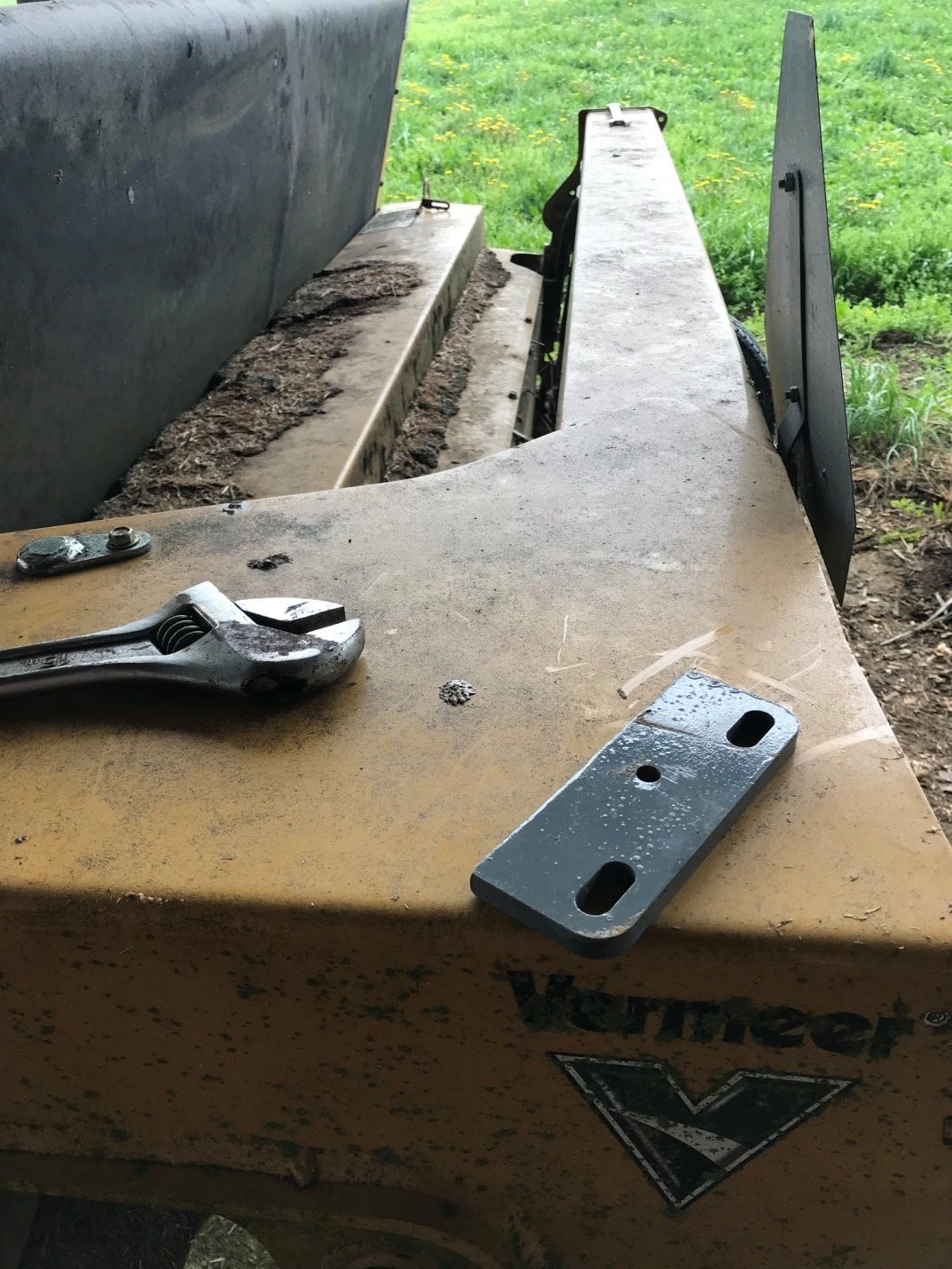By David Hunsberger, Central Regional Coordinator
What is pasture pruning? Isn’t that just another way to say clipping? No, according to Cliff Hawbaker, an innovative grazer near Chamberburg PA, the two should not be confused. Hawbaker has been on the leading edge of many practices to improve dairy margins over the years. We took the opportunity to check in with him this spring to go over the details of the protocol.
Pruning is proactive; it is managing the process at the beginning. Clipping is more reactive, mitigating an error or cleaning things up. By pruning, we wish to set the stage for the remaining season. We want our pastures to be vibrant, thick and productive.Pruning correctly can help us achieve those multiple goals. Pruning is best viewed as an early spring management intervention. We all know that early spring pasture is very palatable and cattle will consume it readily. We also know that grazing is selective by nature and not all grasses, clovers, and forbs are consumed uniformly. Pruning can help us reset the pasture after the first rotation, or in areas that cannot be grazed early, pruning can give us “early April growth into May without a stored forage harvest,” according to Hawbaker.
First of all, we need to have the equipment set up to perform. Most mowers will not cut at 4-6 inches of residual height without some modification. Below are pictures of Evan Beidler of Beidler Ag Liverpool, Pa helping a customer get set up to leave a 6-inch stubble. First the parts to modify, Secondly the install
 And now finally, the end result: A successful cut with 6 inches of residual!
And now finally, the end result: A successful cut with 6 inches of residual!
We desire to leave a 4-6 inch residual post graze or post prune to promote shade of soil, season long moisture holding capacity, cool soil temperatures even in midst of summer, and a “bumper” so that ensuing grazing events will encourage the cows to leave that higher stubble. This will enable the grasses to recover from grazing much faster as they always have their primary starch reserves intact following future grazings. Grass kept in this state should thicken and be prolific farther into the summer slump when rains are sparse. Thick swards are also better for improving grazing efficiencies as cows can get a larger mouthful with each bite.
If you are through the first grazing cycle and cows have left some plants ungrazed, we know it is unlikely for them to be grazed on a second rotation. However, if we cut that growth prior to the next turn, the cattle will readily consume that biomass. If we want to reset grass that is a bit too tall for grazing the first time, we can prune the growth before they enter the paddock for the first graze and that will also have them eating it readily, and provide a uniform sward for the second and subsequent passes. This 4-6 inch “stubble “ or old growth will cause the cows to resist grazing below that height as they are most interested in new growth. Hawbaker affirms that if they clean off the new growth, they will begin to vocalize their desire to find some new succulent pasture.
The grazing manager that prunes ahead sets themselves up for season long success with boosting good grass growth management, good soil stewardship, and productive digestible NDF for cows. For further discussion contact me, David Hunsberger, at 814-880-5186 or catch up with Cliff Hawbaker at a grazing event and ask him if he clips his pasture. I guarantee you will hear a passionate answer to that question.
Happy Pasturing!
Speak to an expert at King’s AgriSeeds now at 1-717-687-6224 or email us at [email protected].


Recent Comments